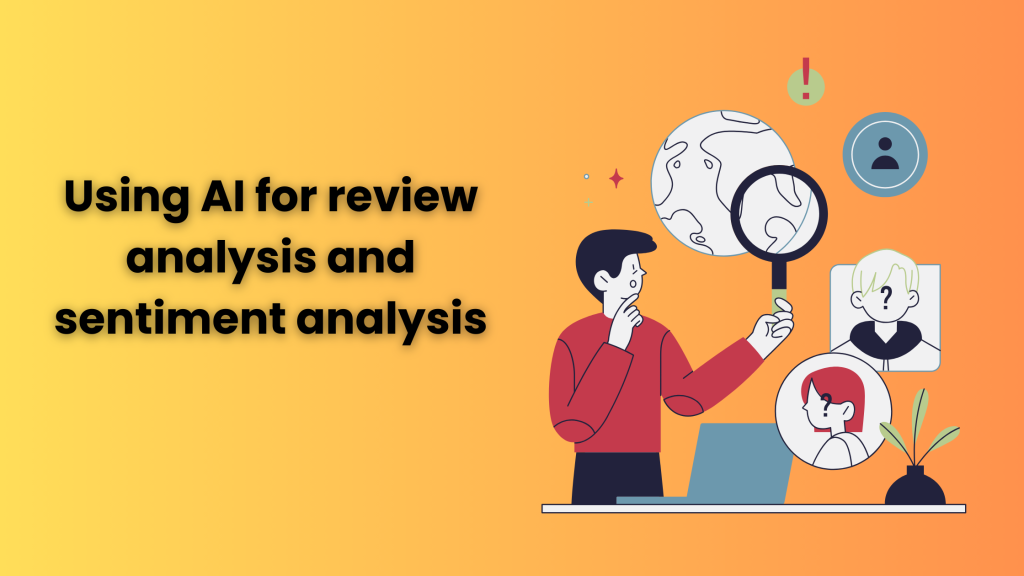
To create a successful campaign, you must understand human emotions and opinions to provide a smooth user experience, fulfill customer satisfaction, and boost revenue.
In this blog, we’ll learn what is review analysis and sentiment analysis, ways to use AI for collection and analysis of customer data, and much more!
What is review analysis and sentiment analysis?
Sentiment analysis is a process of understanding emotions and sentiments expressed in textual data. With the advent of AI and machine learning, it has become more scalable, personalized, and accurate. Machine learning and AI help in interpreting and analyzing textual data to understand the sentiment of the user.
Whereas review analysis is the process of understanding and analyzing the customer’s reviews to gain insights into their opinion, and reviews about a product, service, and brand. It enhances product quality, enhances customer experience, gives competitive advantage, enhances customer loyalty, and helps in making better marketing decisions.
Ways to use AI for sentiment analysis

Natural language processing (NLP) and machine learning algorithms to understand and interpret textual data.
- Data Collection: The textual data is collected from various sources like forms, social media, surveys, etc.
- Processing: The collected data is processed and the irrelevant information is removed.
- Features: From the relevant data the features are extracted such as words, phrases, etc.
- Sentiment: Machine learning algorithms segment the features into different categories such as positive, negative, neutral, etc.
- Analysis: The performance of the sentiment analysis model is evaluated using metrics such as accuracy, and transparency.
- Deployment: Once the analysis is done, new data is analyzed in real-time.
Likewise, Natural language processing, AI, Machine learning, text analysis, visual AI-powered sentiment analysis, etc are done to understand the review analysis.
Case Study

- Marriott: Marriott is the world’s largest hotel chain that uses AI analysis to understand and track customer reviews across its’ 7,000+ properties. It depends heavily on chatbots as well. By identifying common themes and sentiments in reviews, Marriott discovers the areas for improvement. Real-time feedback helps them in taking fast action in real-time.
- McDonald’s: It uses AI analysis to monitor customer sentiment across its 38,000+ locations. By tracking customer reviews and social media mentions, they can identify emerging trends in real time such as a food item receiving criticism, etc. The sentiment analysis allows McDonald’s to take proactive actions such as adjusting recipes, providing additional staff, etc. Frequent and real-time review analysis helps maintain brand reputation and foster customer loyalty.
- Netflix: The streaming giant Netflix uses AI sentiment analysis to interpret customer reviews and social media mentions for its original content. It helps it analyze the latest trends and helps in tracking the popularity of its content. For example, if the sentiment analysis shows that a particular genre is liked by the audience, Netflix will invest more in that genre.
Sentiment analysis and review analysis are very important for enhancing the customer relationship and boosting revenue. Lumia 360 helps in tracking social media mentions and reviews by using review management software. We have made several successful strategies for our clients that have helped them in increasing their revenue and fostering customer loyalty. To know more about our services, call us at 514-668-5599.
Read Also: Web Design for Conversion Rate Optimization
Read Also: The Role of Review Management in Customer Experience









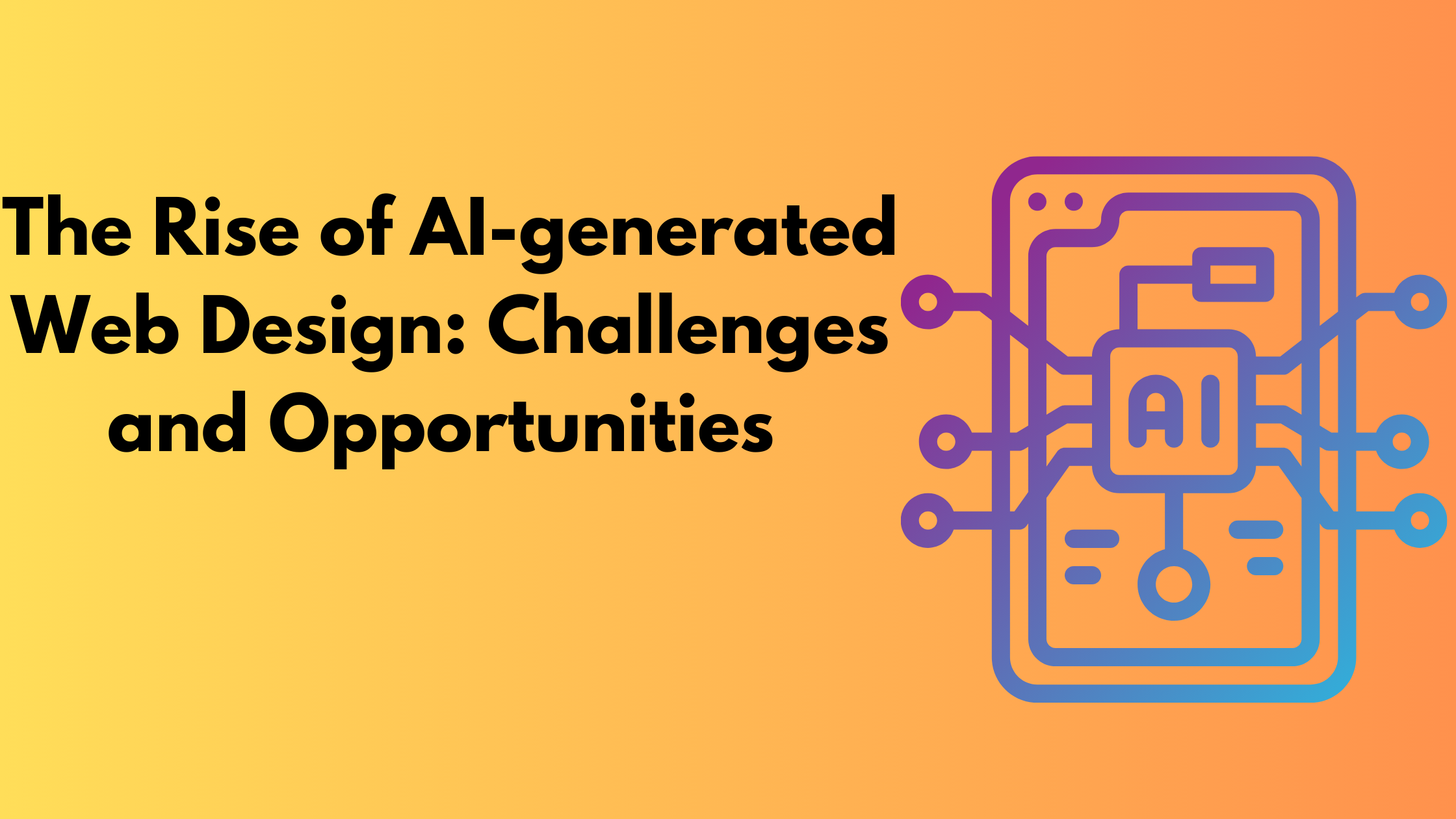

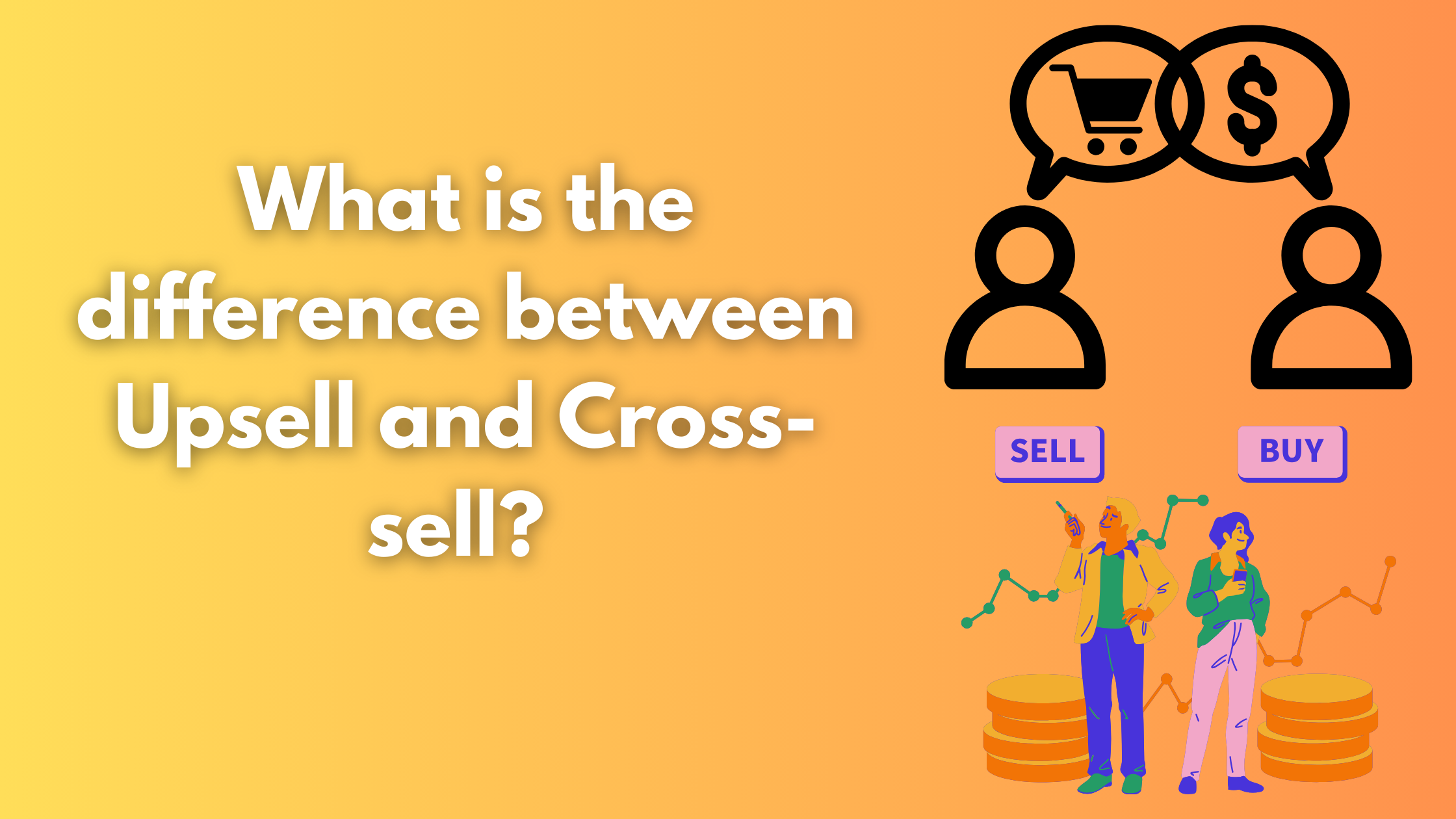
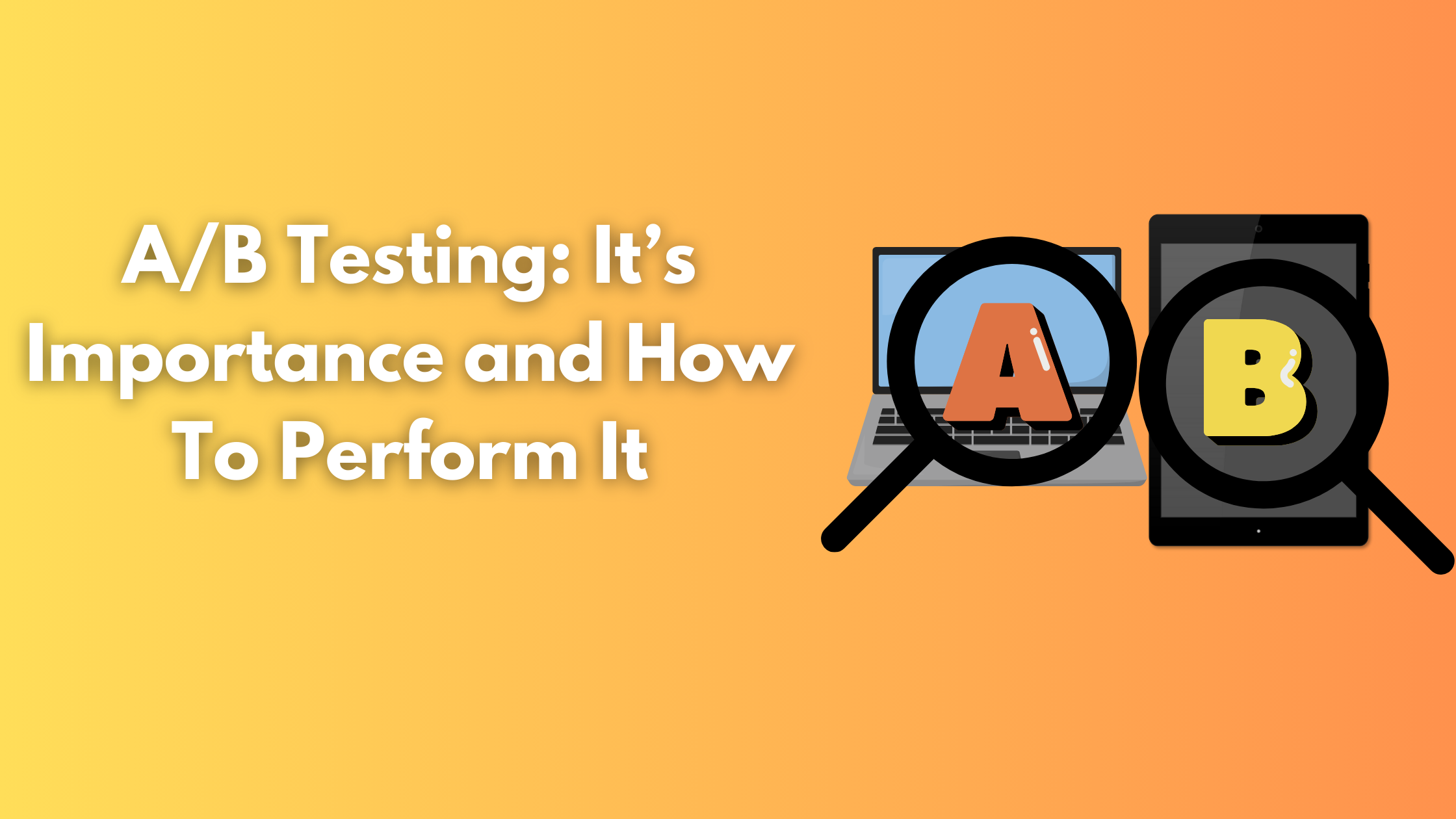
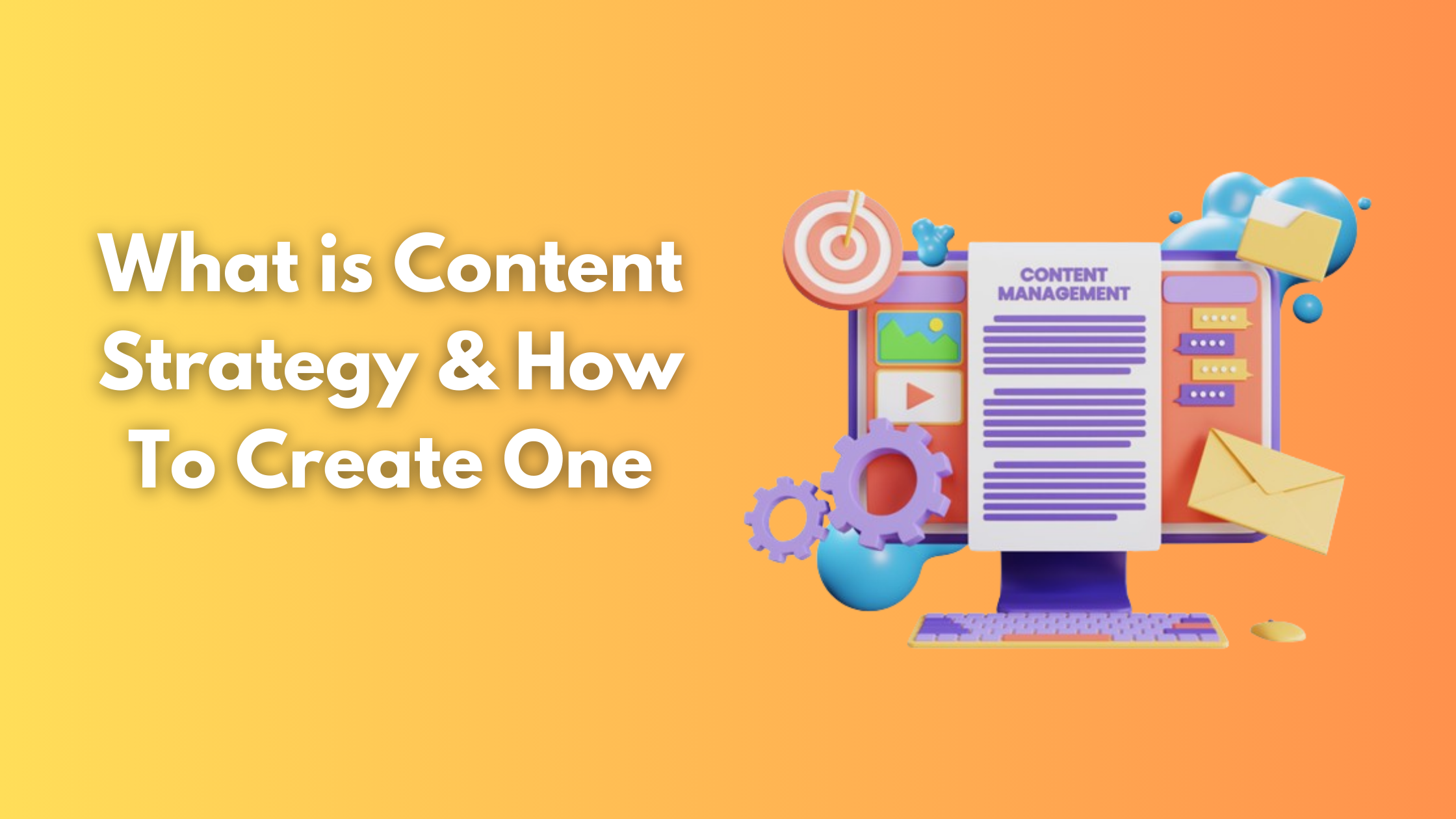

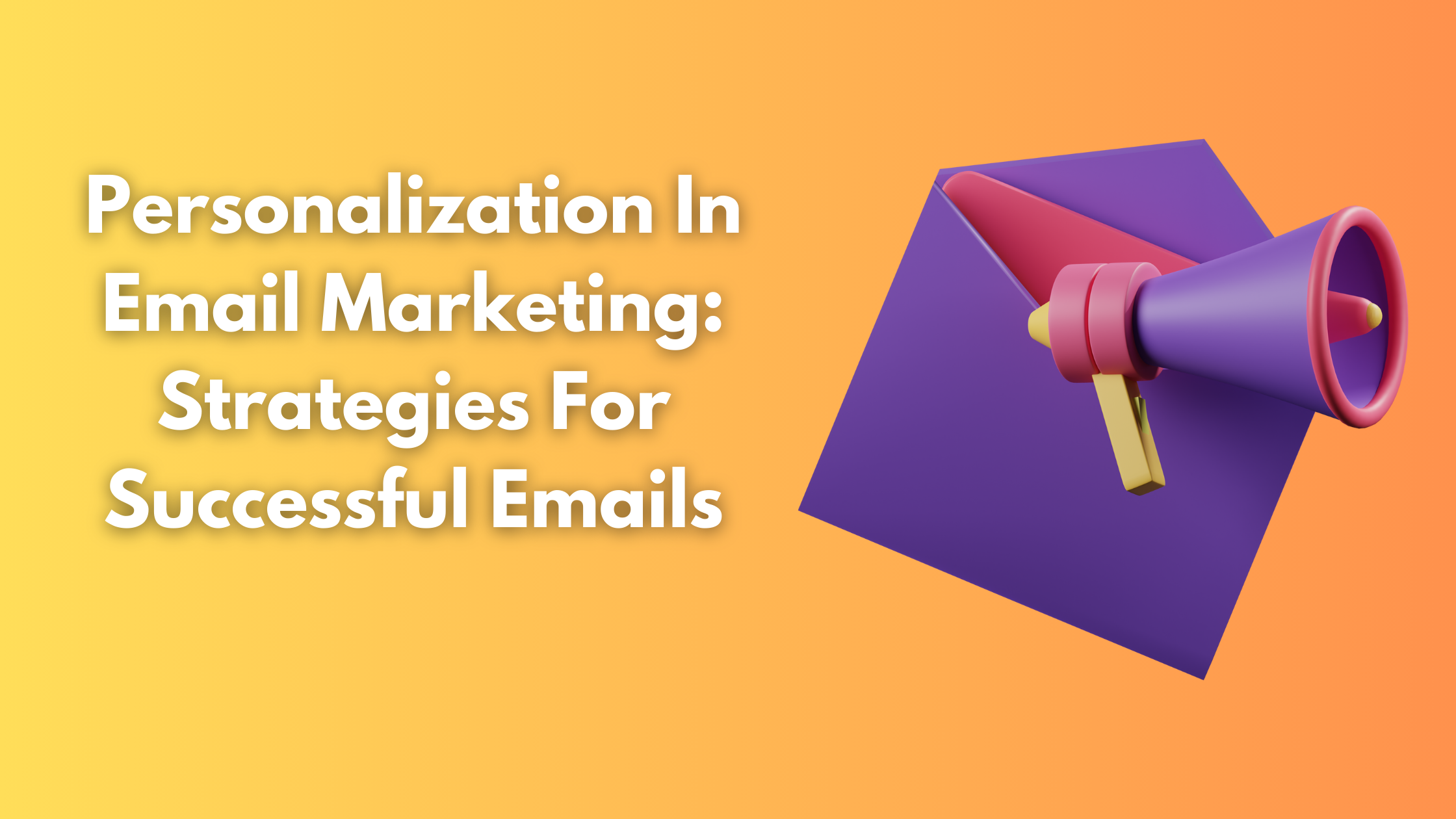


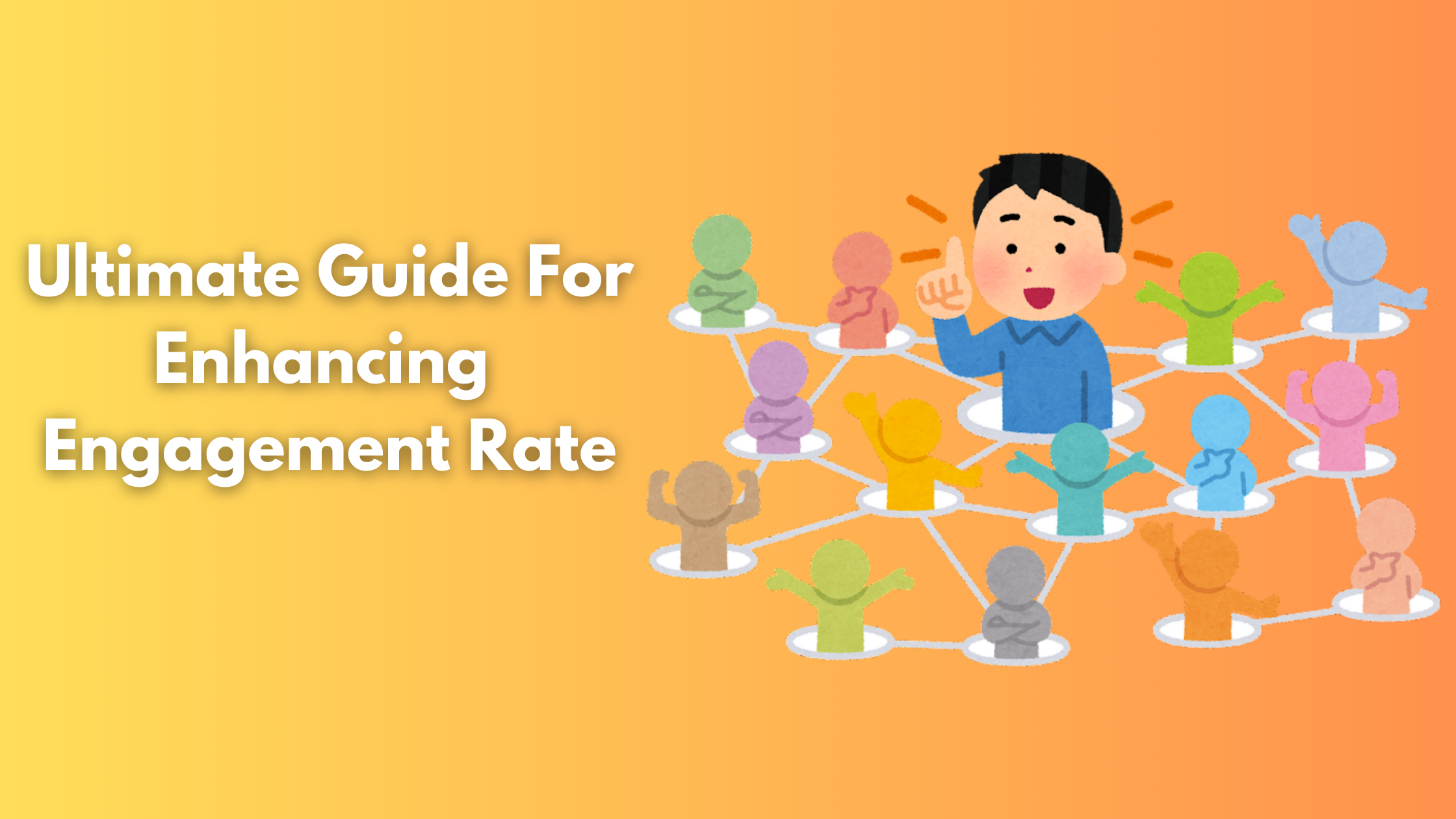
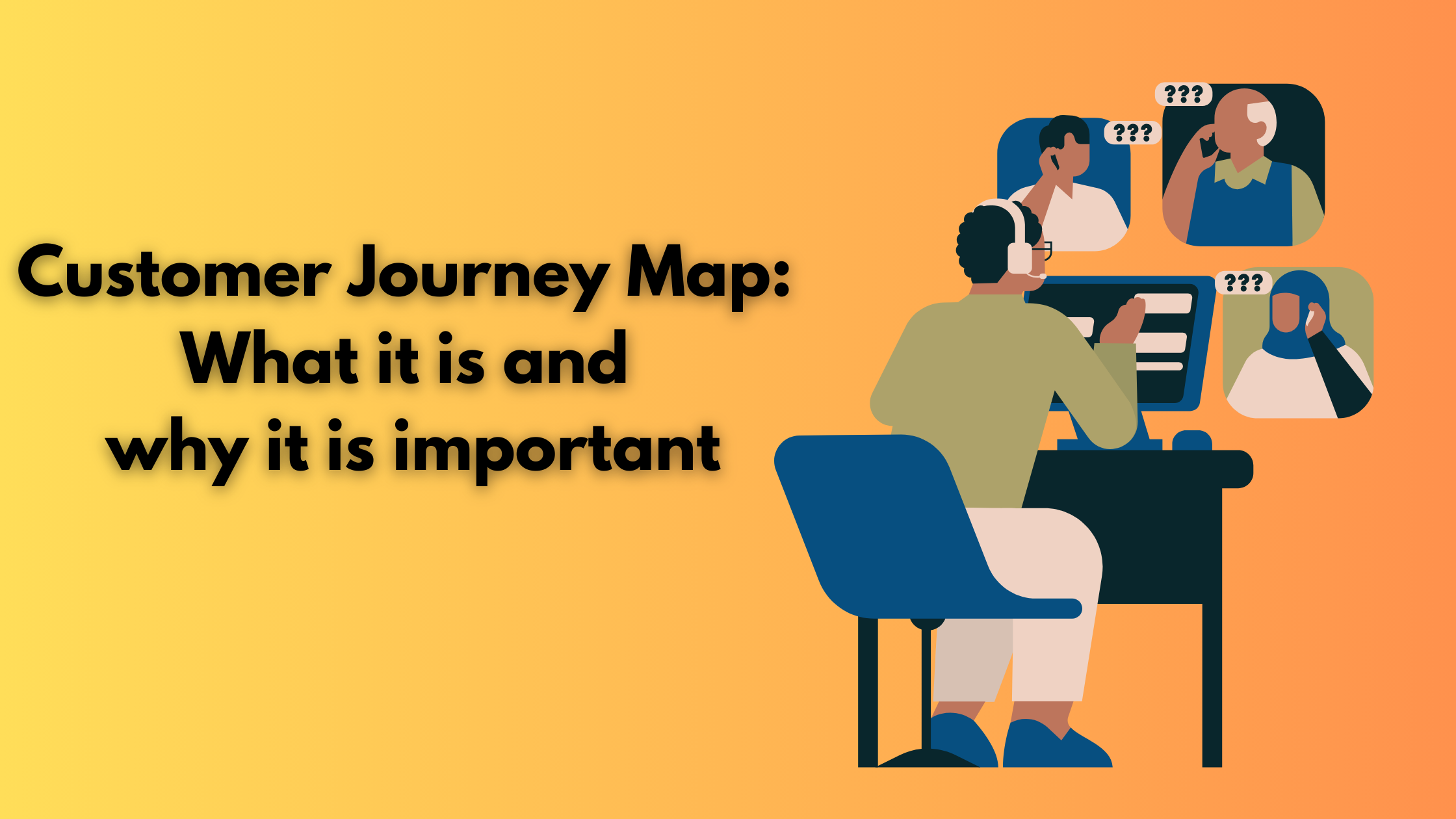




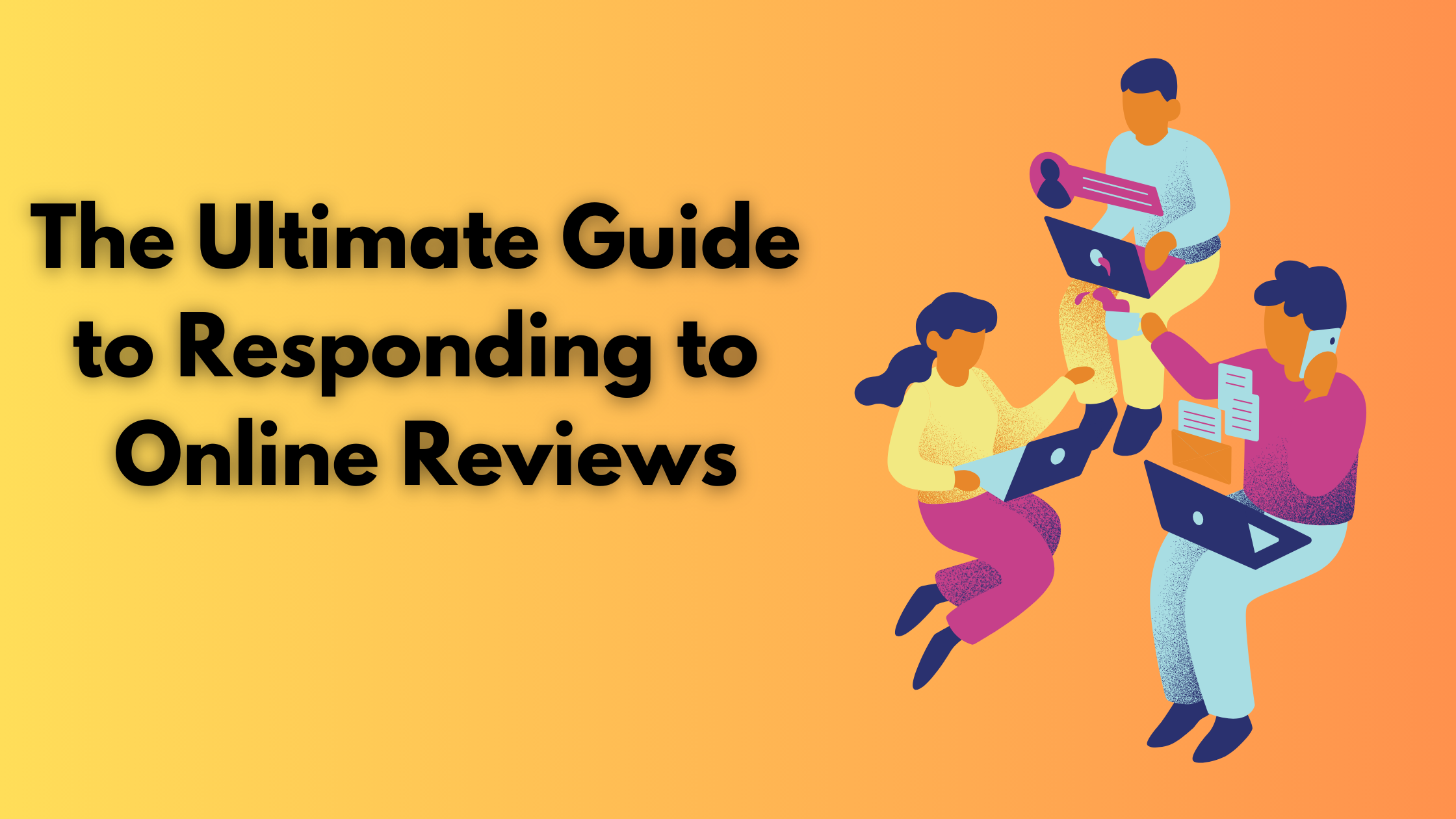





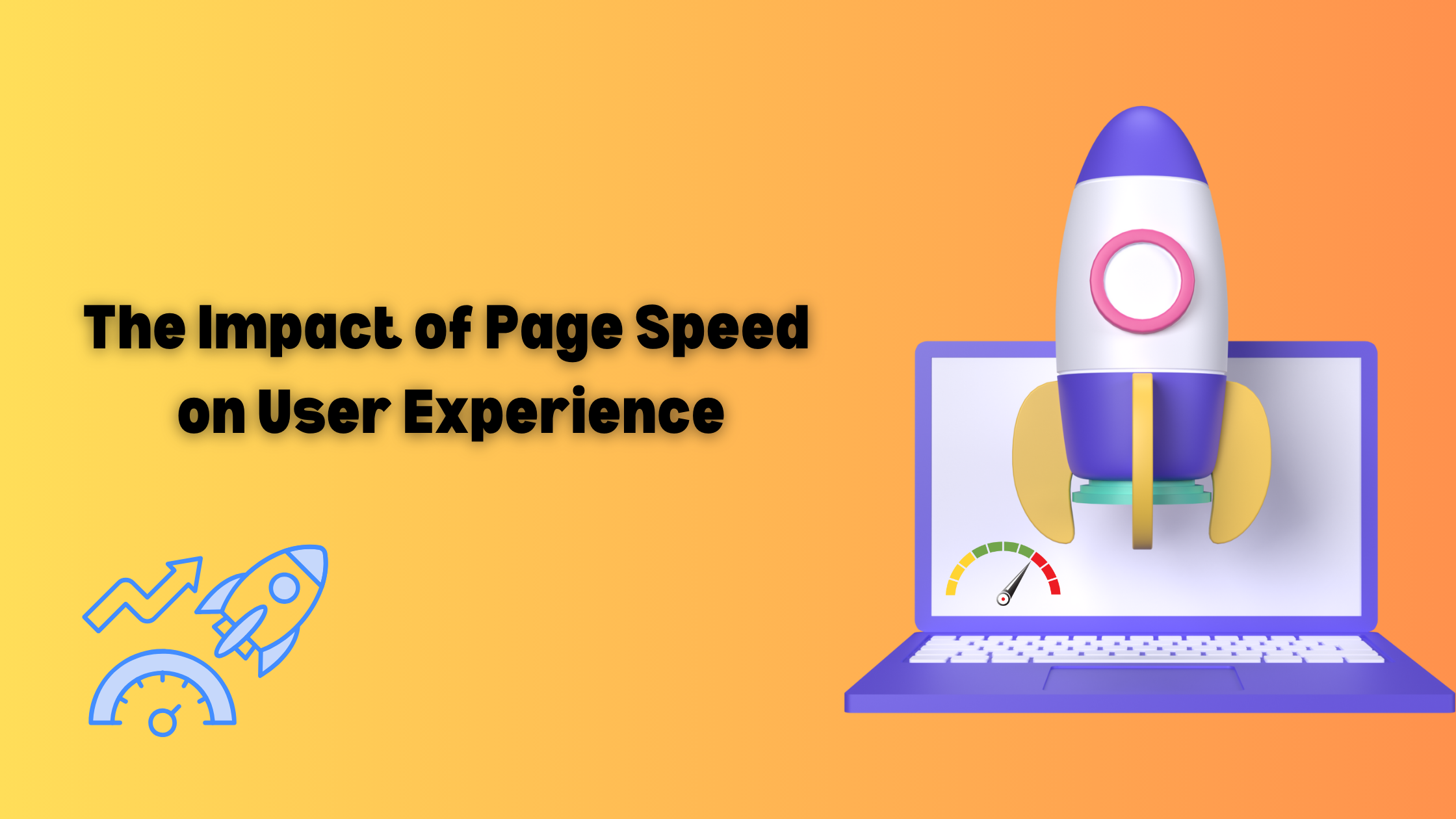
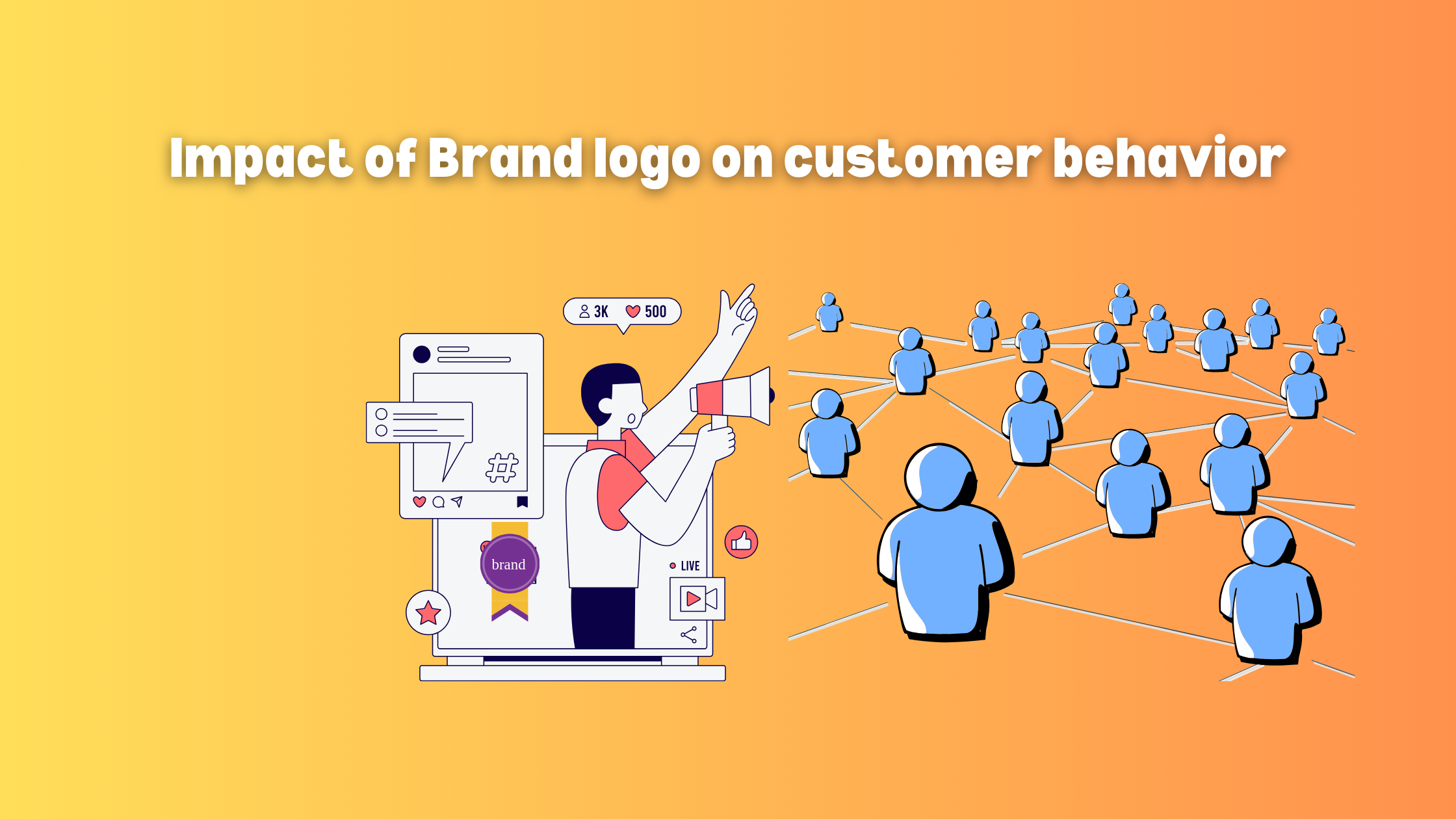

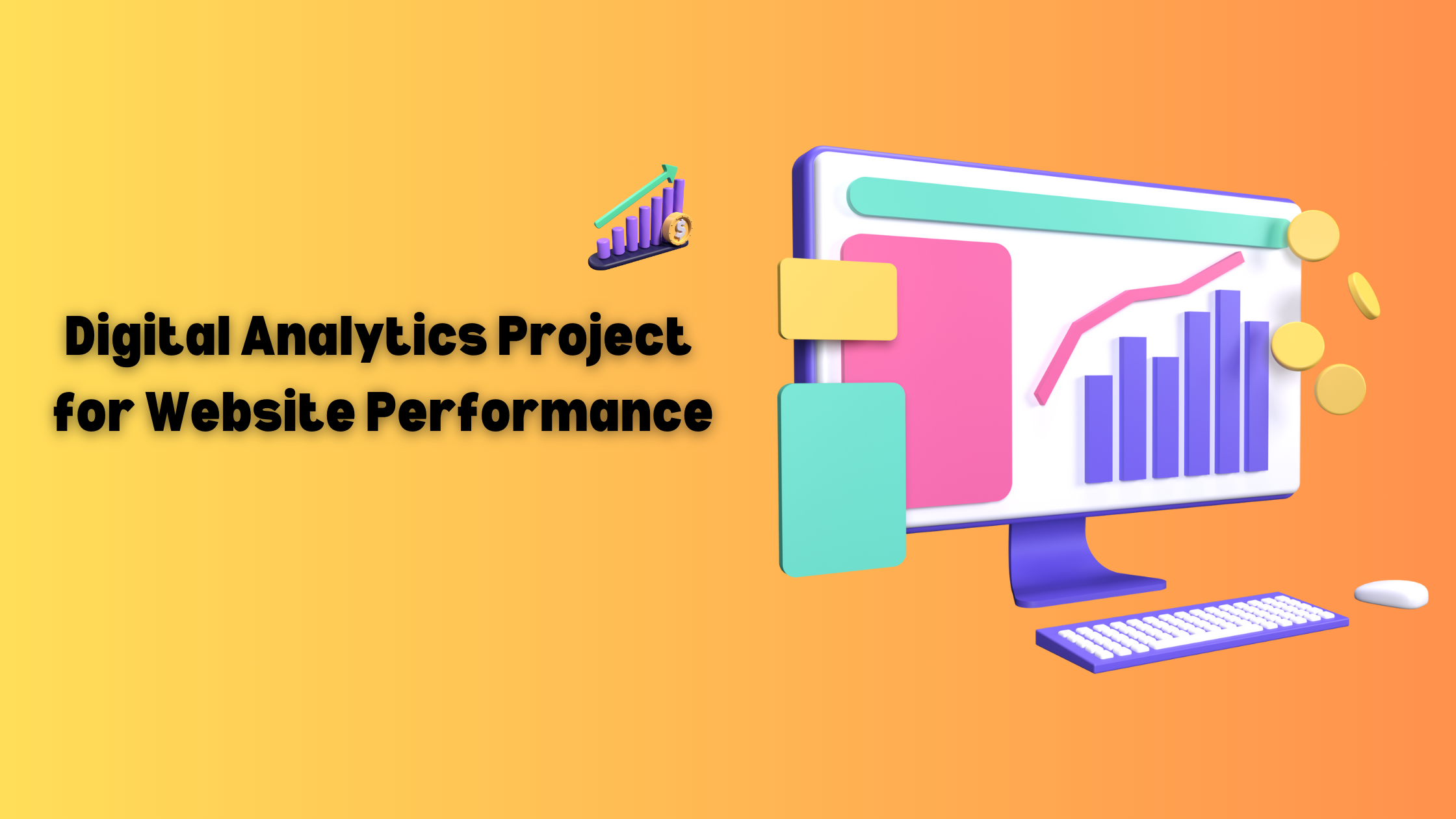






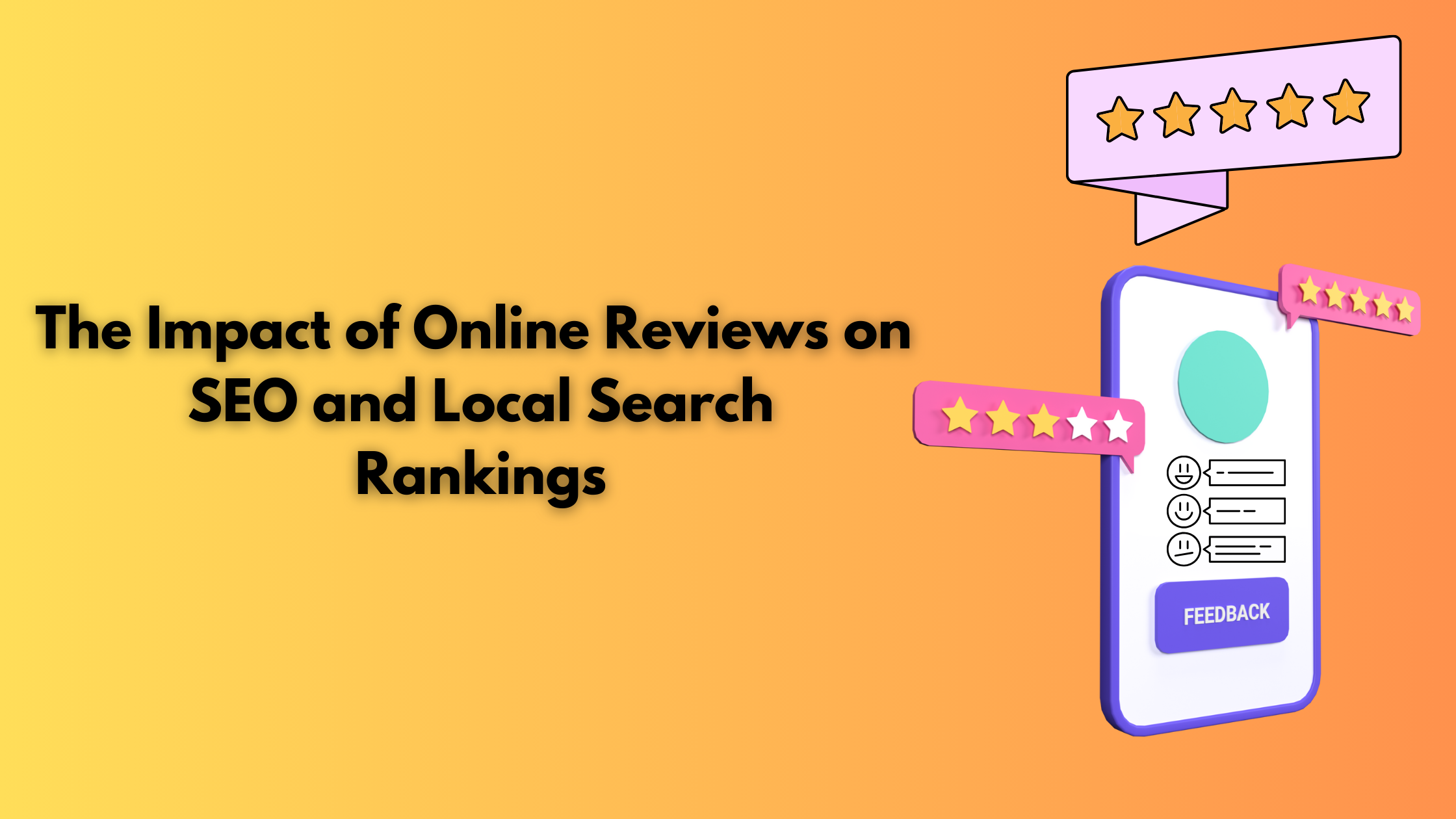






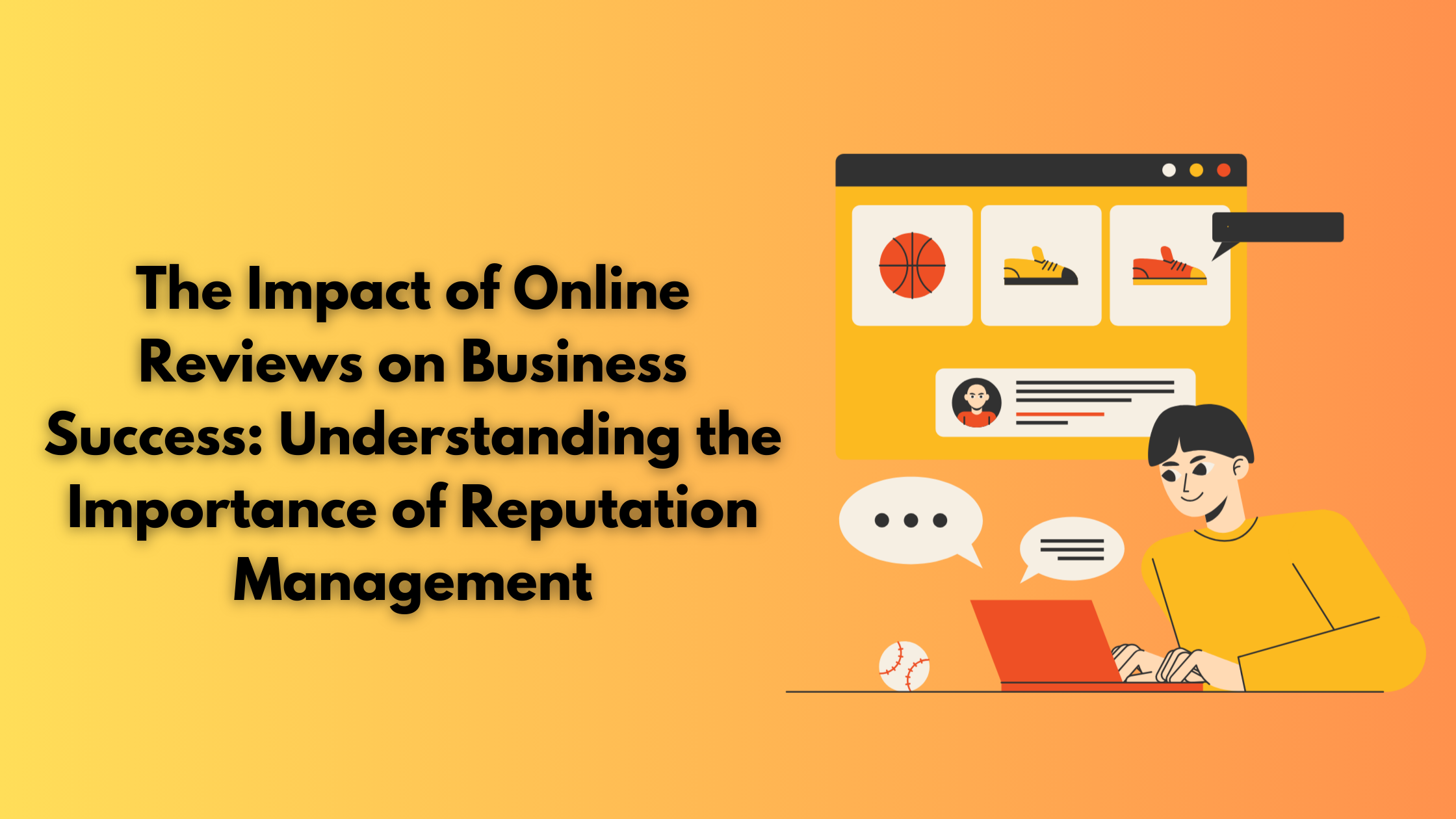






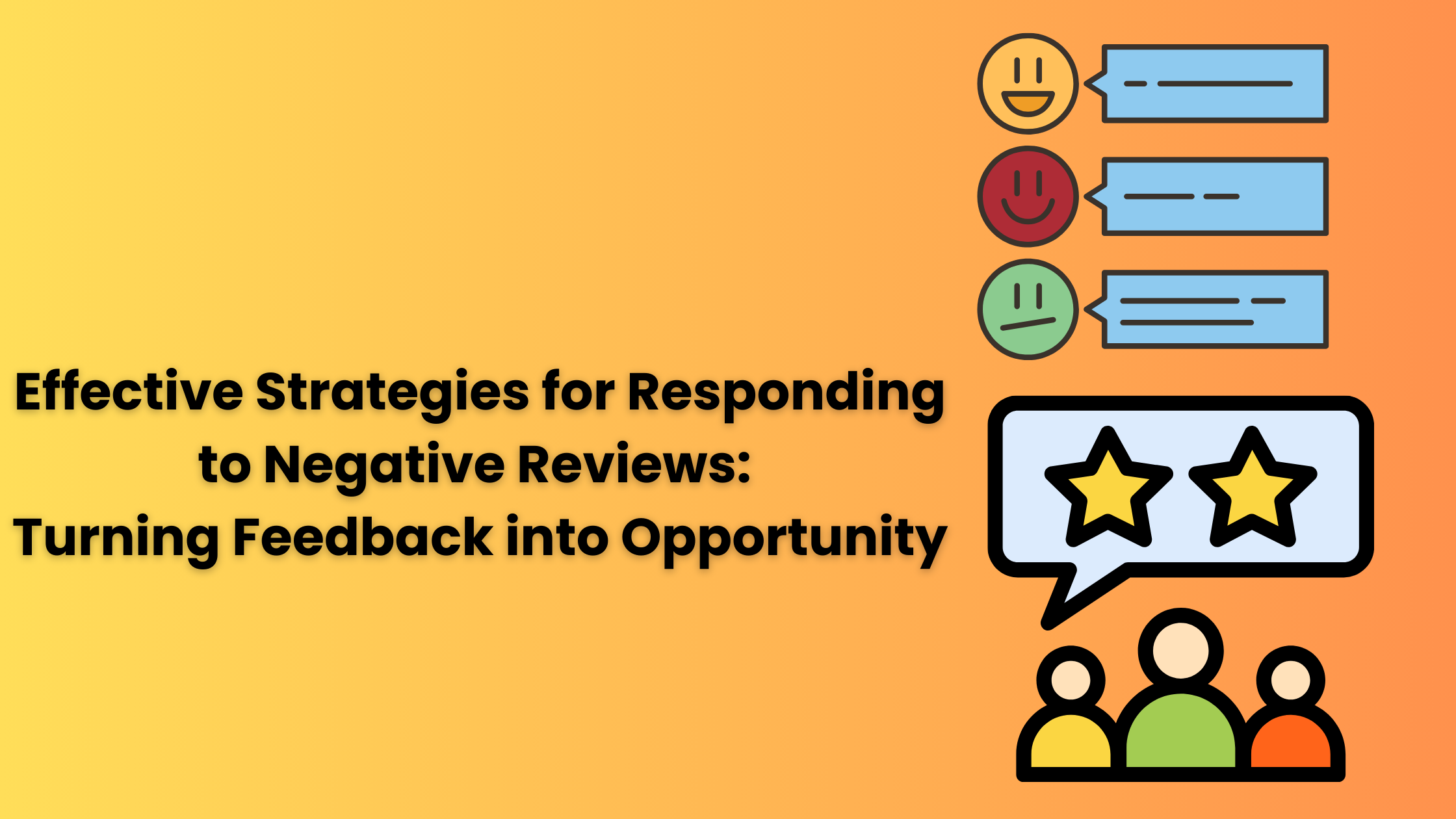





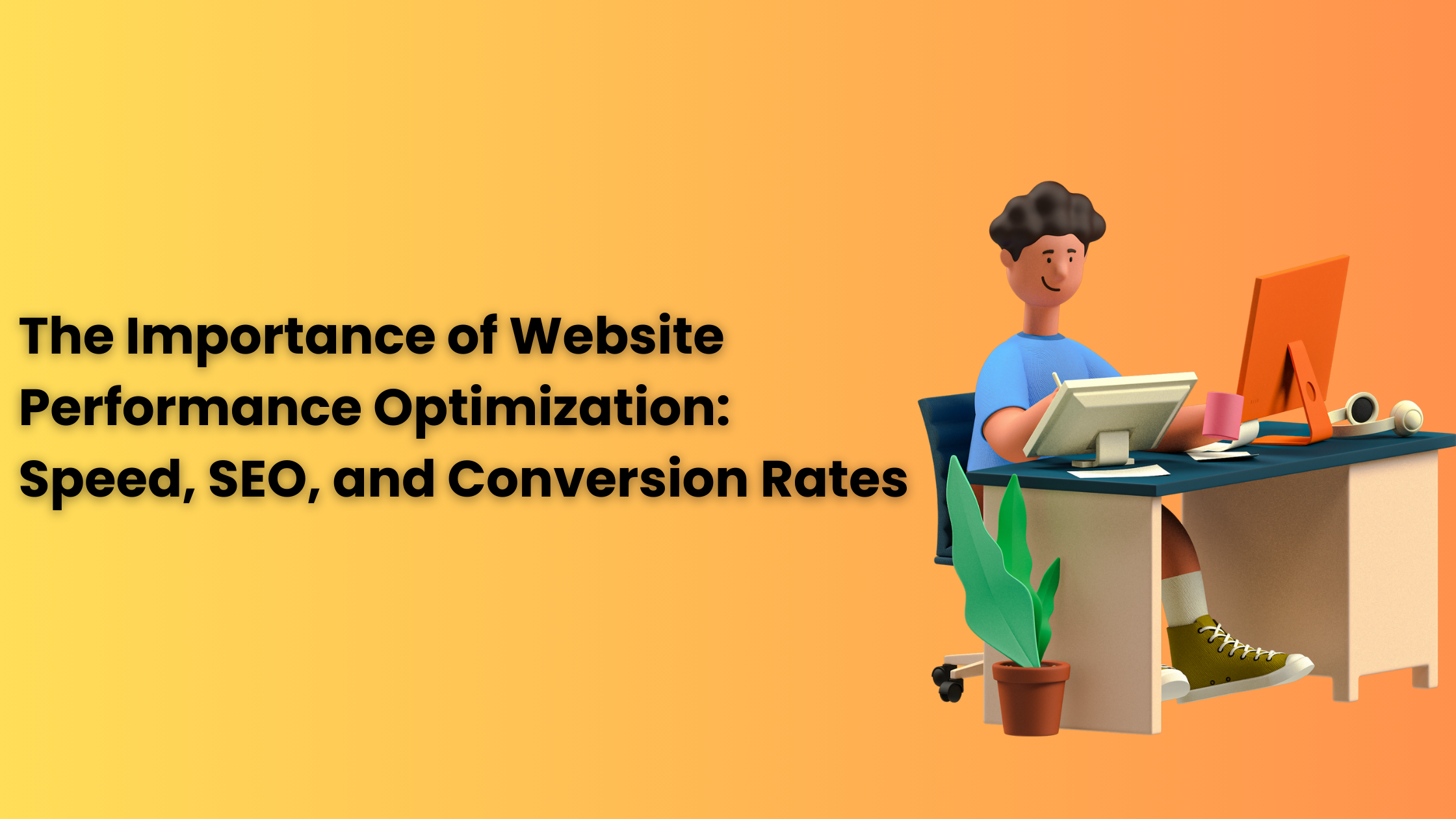



















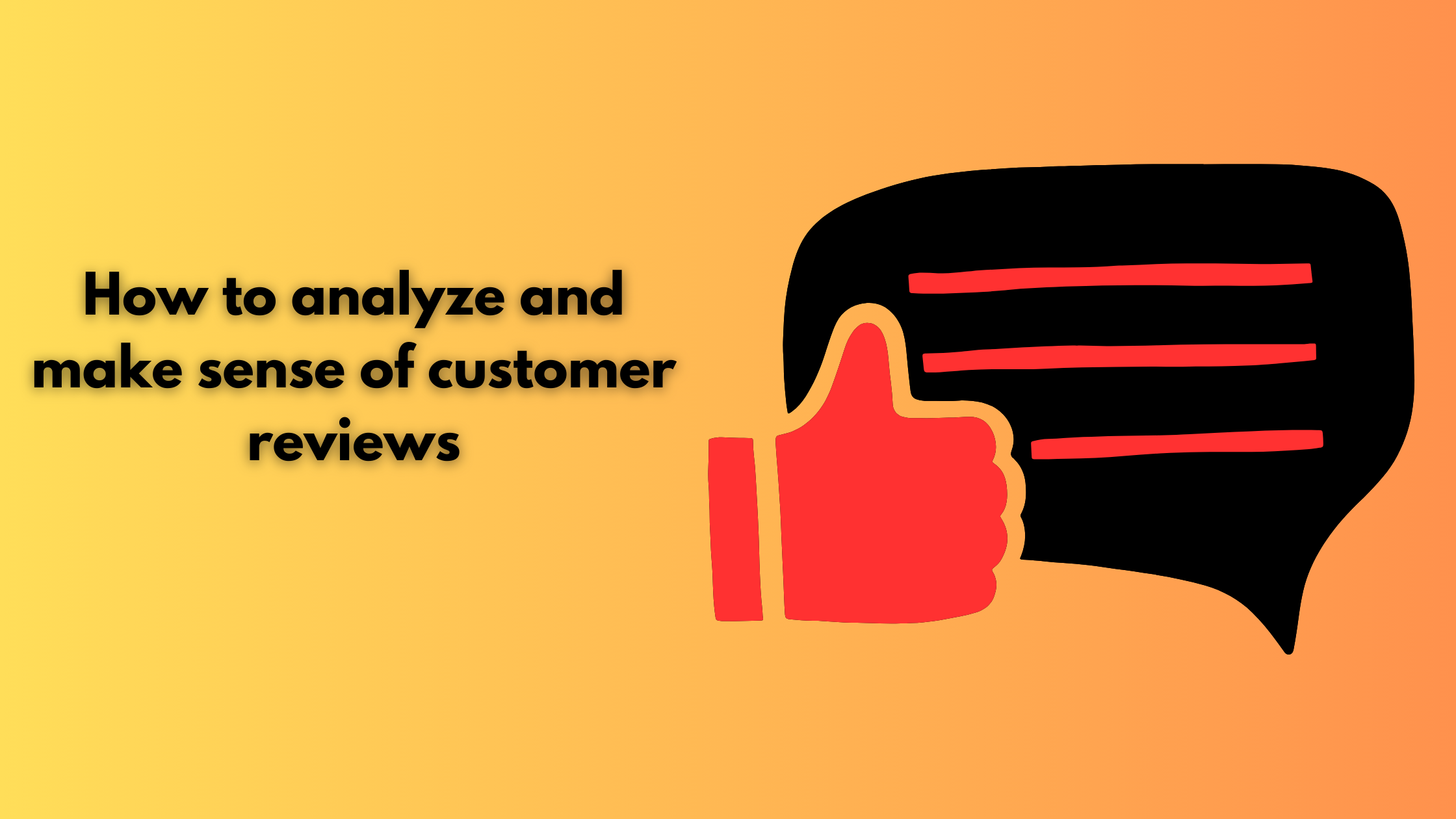



3 Comments
[…] Read Also: Using AI for review analysis and sentiment analysis […]
[…] Read Also: Using AI for review analysis and sentiment analysis […]
[…] Read Also: Using AI for review analysis and sentiment analysis […]